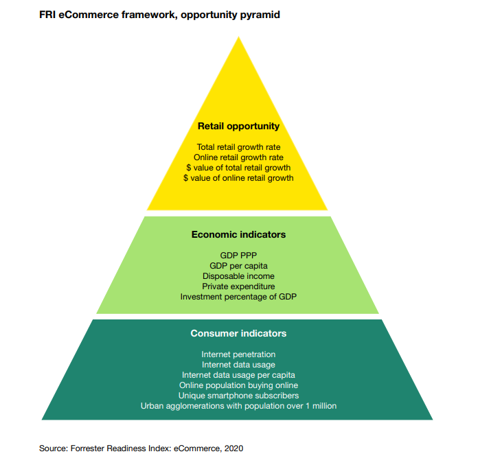
Dive Brief:
-
Revlon on Monday announced a restructuring program expected to save $200 million to $230 million in cost reductions by the end of 2022.
-
The majority of those savings will come at the cost of employees, with 60% of the savings being the result of layoffs in 2020, the company said in a release.
-
The restructuring plan is meant to lower Revlon’s selling, general and administrative expenses, improve its gross profit and EBITDA, and help maximize productivity, cash flow and liquidity, the company said.
Dive Insight:
Revlon on Monday announced several initiatives aimed at creating a more financially stable business, including significantly reducing headcount and financial maneuverings to get some relief from its loans.
To that end, Revlon made an agreement with Jefferies Finance LLC to refinance its senior notes, due February 2021, as well as its 2019 term loan. The companies also agreed to extend Revlon’s near-term maturities and provide the beauty brand with more funding.
CEO Debra Perelman has been at the helm just shy of two years, about the amount of time her predecessor was in the job before stepping down to pursue other opportunities. She took charge of a company that has struggled with its finances lately, landing itself on Fitch’s “loans of concern” list in July, indicating a high risk of default on a $1.7 billion loan balance. The company’s biggest shareholder, MacAndrews & Forbes, was also exploring a sale of the company to a third party in August.
These recent moves are aimed at giving the retailer some more room to work with by strengthening its operations model and improving cost efficiency, as well as operating and profit margins.
“The refinancing commitment and the launch of the new restructuring program are significant steps forward in the transformation of our business for the future and create a structure that is designed for success in today’s beauty industry,” Perelman said in a statement.
She pointed to growth in operating income in 2019, which increased from a loss of $85 million in 2018 to income of $61 million in the current year, and adjusted EBITDA, which increased 12%.
“With an improved capital structure, increased liquidity, and more efficient and streamlined business, I am more confident than ever in our ability to take on the opportunities within our industry,” Perelman said.
Of course, the space Revlon plays in is growing increasingly complex. Specialty players Sephora and Ulta are pitching themselves as exclusive partners for up-and-coming DTC brands, with merchandising initiatives aimed at highlighting those new players in the space as consumers look to discover new products.
Trends in the space have also shifted away from makeup lately, toward skincare products, which adds another layer of adjustments Revlon may need to make as it looks to firm up its place in beauty.

